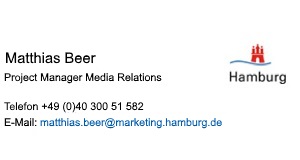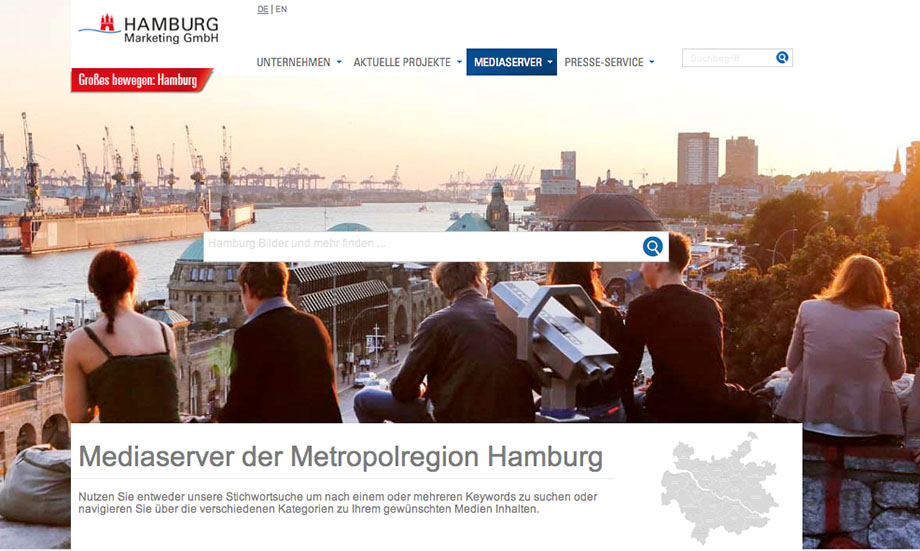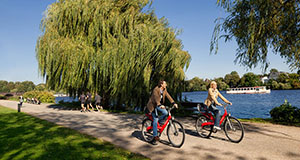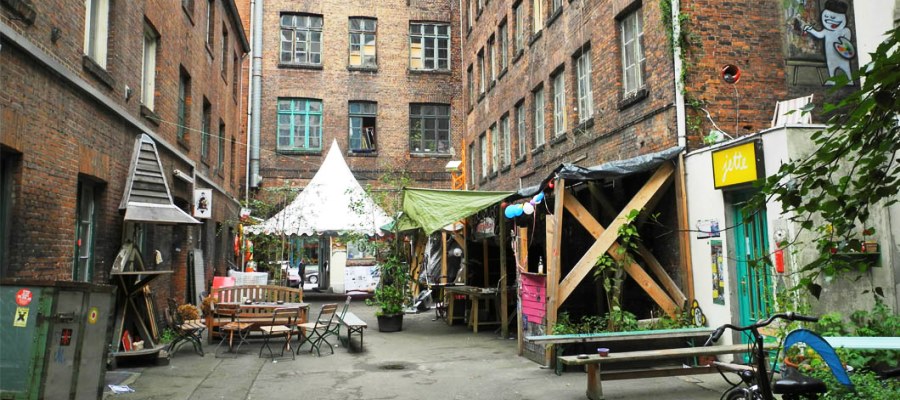The Future Of Urban Development
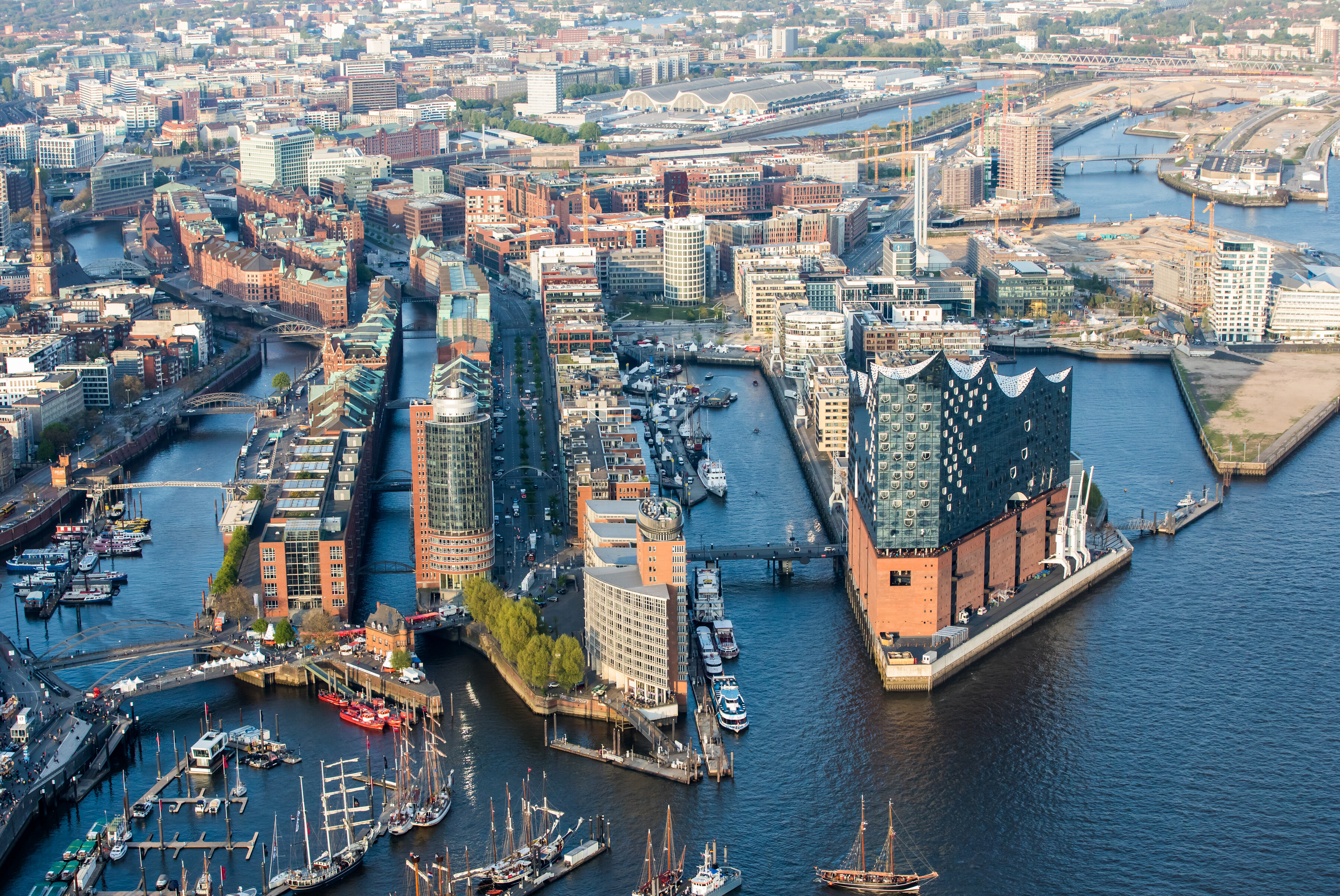
With HafenCity, Grasbook, Billebogen and Science City Hamburg Bahrenfeld, HafenCity Hamburg GmbH is now responsible for four urban development initiatives with their own individual logic when it comes to location and development. However, the guiding perspectives of future-oriented urban development apply equally in each of the four areas. HafenCity has set new standards in many areas. In addition to fast construction momentum, HafenCity stands for a continuous process of learning the strategies central to sustainable urban development. In the eastern Elbbrücken neighborhood, in particular, buildings are being created that are highly innovative in character. Examples are the wooden high-rise Roots, the Moringa building project, the high-tech buildings EDGE HafenCity and EDGE Elbside, as well as the Elbtower. This innovative strength will be further expanded and linked even more closely to the opportunities offered by digitalization in the future.
Large park in the center of this innovation district
The new Grasbrook district is an impressive example of how a dense, compact inner-city area can still have a very green character. What today is a port area with almost entirely sealed surfaces will in future become a green district. July saw the beginning of demolition of the former Überseezentrum, followed by explosives surveys and the raising of the area to a level above the risk of flooding. In the coming years, a park landscape, approx. 3,000 privately financed and publicly subsidized apartments, and about 16,000 workplaces will be created on the new space. With new shopping facilities, educational institutions, a wide range of sport and leisure activities and a large central park, Grasbrook, together with Veddel, will be a neighborhood of short distances, where all the essentials will be within walking distance. The planning team of Herzog & de Meuron/Vogt is responsible for the functional and open space planning that will form the basis of the options to build and the architectural competitions. Construction of the first buildings and the park is expected to begin in 2023.
A growing together of heterogeneous neighborhoods
Better connecting heterogeneous urban spaces with regard to sustainable mobility and neighborliness is also an important topic for Billebogen and the Elbbrücken city gateway, which connects eastern HafenCity and Billebogen in the Rothenburgsort neighborhood with Veddel and Grasbrook. The concrete curtain-raiser for this is a bridge for cyclists and pedestrians between the green peninsula of Entenwerder in southern Rothenburgsort and the Elbbrücken neighborhood in eastern HafenCity. Demolition of the freeway intersection at Billhorner Brückenstrasse, which is too large for today’s needs, will unlock 170,000 to 220,000 sqm GFA of new space potential, primarily for office and commercial use, but also for residential use in noise-protected locations. In this way, a new urban density with an exciting mix of functions can also be created in exposed locations. Following the adoption of the framework plan for the Elbbrücken city gateway, the focus will also shift in 2021 to the Bille Basin to the north. Here the aim is to create sites for urban manufacturing, research and development, and company headquarters, especially for small and mid-sized enterprises. At the same time, the public access to the attractive Bille Basin waterfront will be improved, and leisure uses, such as water sports, given a new perspective.
Hamburg’s future
Science City Hamburg Bahrenfeld is one of the most ambitious future projects for Hamburg in the coming decades. For the first time in Hamburg’s history, Science City Hamburg Bahrenfeld sees an integrated development of knowledge, research and teaching, business, working, living, leisure and recreation being put into practice. In the immediate vicinity of the Altona Volkspark, numerous affordable homes for people from varying backgrounds will be created alongside new, innovative workplaces, cultural and sport facilities, and social infrastructure. At the same time, the emphasis is on the development of the Altona Innovation Park and the expansion and consolidation of the Bahrenfeld Science Campus, incorporating the academic stakeholders Universität Hamburg, DESY, and further research institutes. There will be new buildings for the Hamburg University Physics and Chemistry Institutes and parts of the Institute of Biology as well as for further academic institutions. The planning of central development areas is currently being fleshed out. This includes further elaboration of the urban development and landscape design of the trotting track area and the allotment garden site south of Schulgartenweg and Holstenkamp. Preliminary planning is also underway for the extension of the S32 rapid transit line as a new public transport connection.
